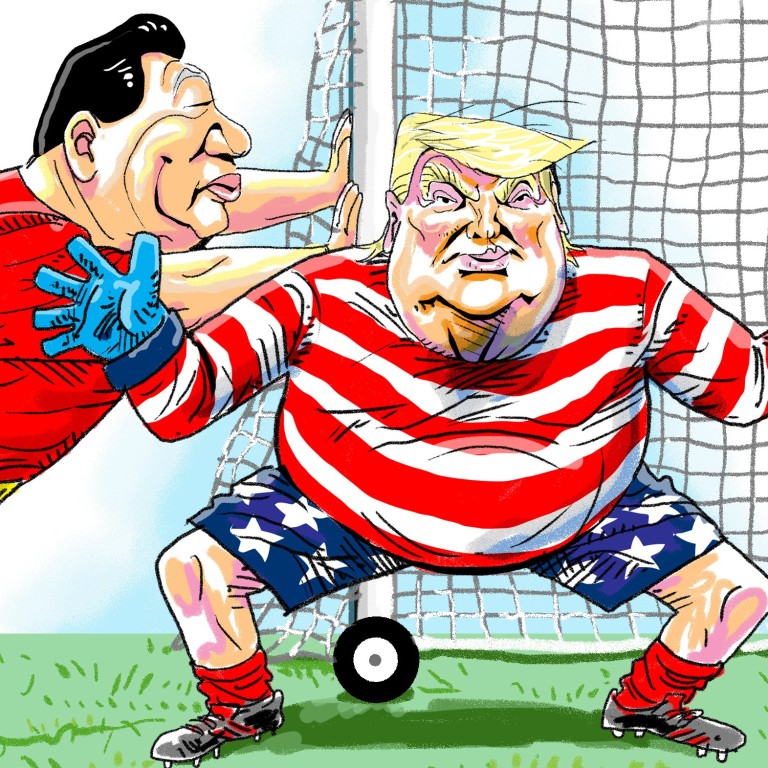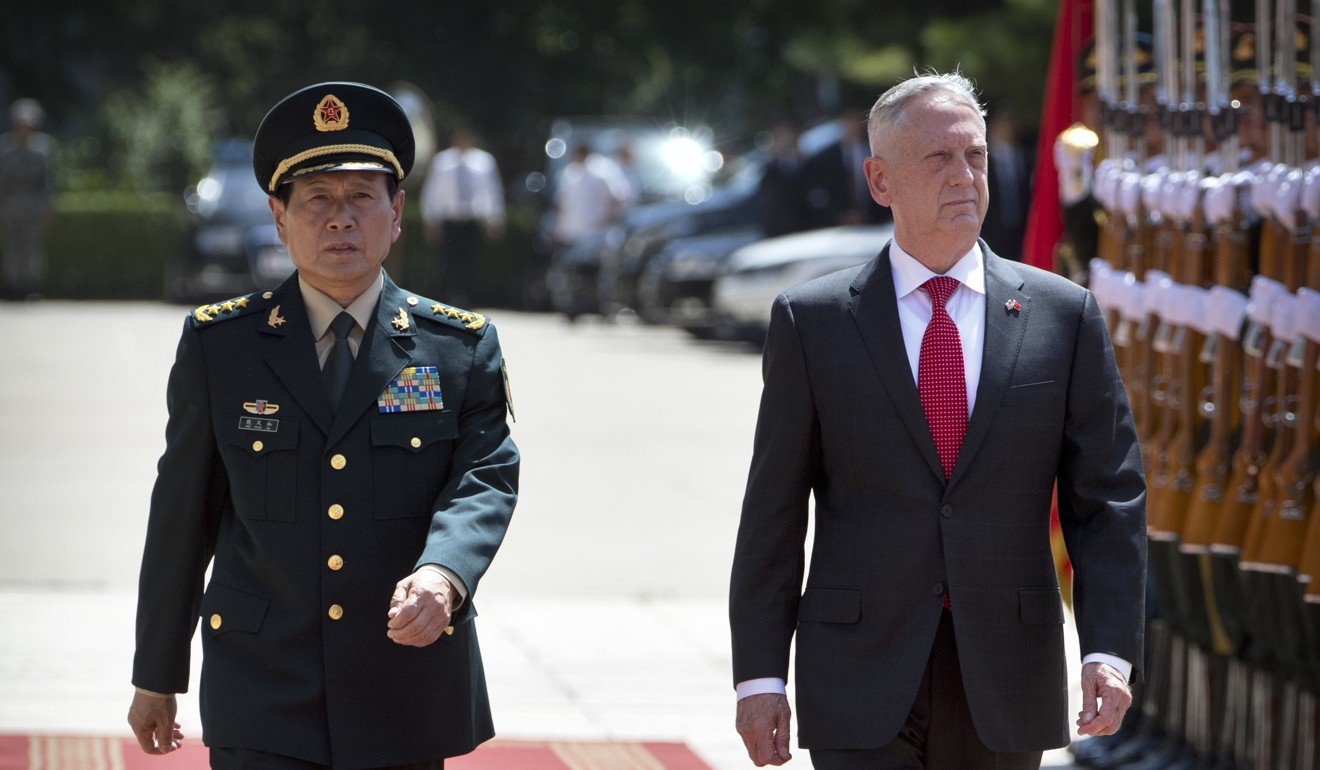
China is facing not just a trade war with the US but an assault on all fronts. Can it survive, and even thrive?
- Andrew K.P. Leung says the US is confronting China in multiple arenas, ranging from technology to Taiwan to the South China Sea.
- China can emerge stronger if it makes changes that benefit both itself and the US while retaining its development model
To what extent can China withstand this assault on all fronts?
While growth is expected to slow from 6.6 per cent in 2018 to 6.3 per cent in 2019, the weakest in 29 years, the rate is still respectable.
Thus, while Beijing will not abandon its development model and technological advances, a meaningful deal with the US remains probable.
Huawei has leapfrogged rivals in technology, quality-price competitiveness and market penetration, serving 170 countries worldwide. It accounts for a substantial proportion of 5G patents and an increasing number of leadership positions on standard-setting bodies for the industry.
For the US, Huawei is the heart of darkness
However, China has the world’s largest cohort of research and development personnel, numbering over 3 million, one-third of the world’s total. This springs from an annual output of 7 million university graduates, including 300,000 with doctorates, many in technology, engineering and mathematics.
China’s main priority is to safeguard its national interests in the region, including shipping routes for trade and commodity imports, and its “one China” policy over Taiwan.

While economic and local issues may have been the key reasons for this, it still signals a more reassuring cross-strait relationship.
Lift-off for China-US rivalry over space’s new frontiers

While these concerns are justifiable, there is also the danger of neo-McCarthyism. Even China’s openly proclaimed “two centenary goals” – the building of a moderately prosperous society by 2021 and the creation of a “rich, powerful, democratic, civilised and harmonious socialist modern country” by 2049 – are interpreted by some, such as US defence policy adviser Michael Pillsbury, as China’s “secret strategy to replace America as the global superpower”.
These voices ignore China’s primarily regional priorities and its unwillingness and incapacity to challenge the US.
Nevertheless, the all-out pushback highlights what William Overholt terms China’s “crisis of success”. To realise its centenary goals, China must change structurally and address legitimate concerns warranted by its rapid rise, without having to copy the West’s development model.
China would do well to become more open as a global economic powerhouse, more fair as the world’s largest trader and manufacturer, more likeable as a superpower attentive to other nations’ fears, interests and aspirations, and more confident of its own people’s opinions and beliefs.
Andrew K.P. Leung is an independent China strategist. [email protected]

